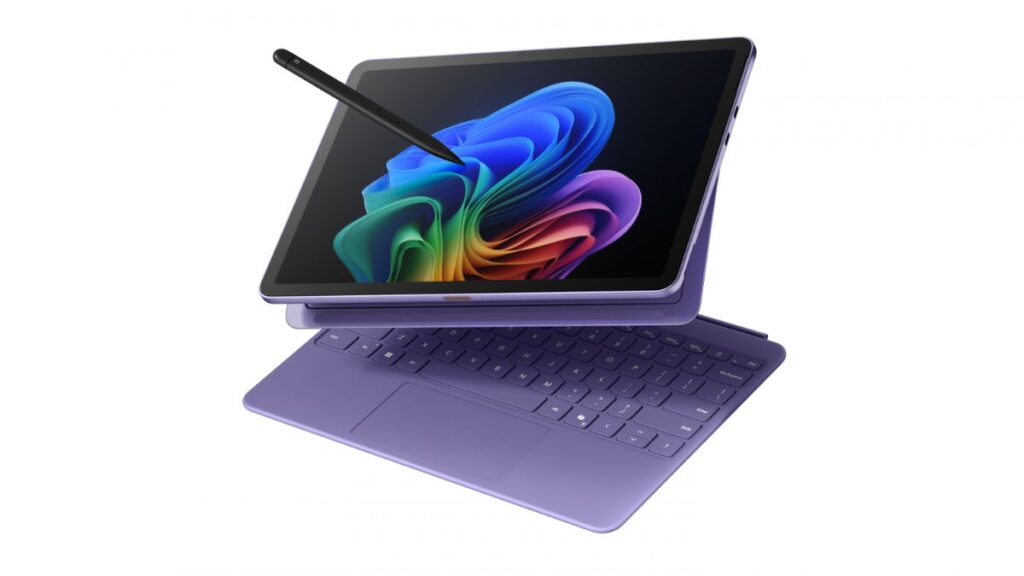When you’re an online fashion distributor in a world where literally billions of people are connected to the Internet through PCs and mobile devices, demand can skyrocket in the blink of an eye. A company like ASOS needs a powerful and flexible, cloud-based platform that can scale to meet its needs and ensure a smooth customer experience under any circumstances. For ASOS, that platform is Microsoft Azure.
Over time, technology has become integral to virtually every aspect of our lives. Companies that deal with large inventories and distribution have relied on technology to organize and manage logistics for decades, but the emergence of the cloud and microservices has dramatically shifted the landscape and offers new opportunities to streamline operations. ASOS is a perfect example, as it leverages Microsoft Azure to develop and maintain a competitive edge.
You may be familiar with ASOS. It is a leading online global fashion brand. ASOS has been growing rapidly and globally. Its mission is to be the world’s number one global fashion dealer for twenty-somethings—and with more than 850 brands, 80,000 SKUs and 106 million unique visits per month, and a higher monthly average visit frequency on its mobile app than retail giant Amazon, it seems well on its way to achieving that goal. The presence and reach of ASOS are impressive.
ASOS delivers more than 12 million items per year. That’s a million per month, or more than 33,000 items per day on average. Thanks to Microsoft Azure, ASOS is better able to meet its global scale needs. Microsoft Azure provides a resilient infrastructure, more mobile and website reliability and the ability to quickly capitalize on ecommerce trends and adopt new features and capabilities while leveraging the app architectural trend of microservices.
Microservices–including container technologies like Docker—enable organizations to develop and deploy applications as smaller, more manageable components. Containers allow companies to be more agile, and are significantly easier to scale at the same time. The rollout is a major milestone for ASOS, which sees the cloud and microservices as the foundation of a multi-year transformation that will drive the next decade of the company’s story.
Every aspect of the customer experience—identity, content, product, search, price, stock, checkout, payment and order processing—is now supported by over 30 independently deployable microservices. This independence allows ASOS new capabilities to be introduced as fast as its engineering teams can develop them. The platform-as-a-service (PaaS) elements of Microsoft Azure enable ASOS to focus its architecture and engineering resources on innovation and creating a competitive advantage while leaving tedious tasks like managing servers and backing up data to Microsoft.
Read the full story on Forbes: ASOS Streamlines Fashion With Microsoft Azure.
- Why Data Security Is the Real AI Risk - June 30, 2025
- Why Being Bold Matters in Cybersecurity—and Branding - June 3, 2025
- Gear Tested and Approved: My Top Picks for Dads and Grads This Season - May 28, 2025




Comments are closed.